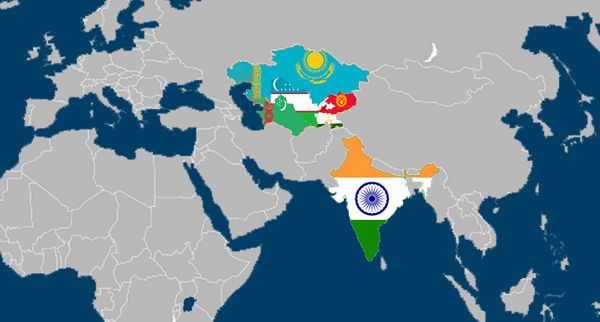- Courses
- GS Full Course 1 Year
- GS Full Course 2 Year
- GS Full Course 3 Year
- GS Full Course Till Selection
- MEP (Mains Enrichment Programme) Data, Facts
- Essay Target – 150+ Marks
- Online Program
- GS Recorded Course
- NCERT- First Ladder
- Polity
- Geography
- Economy
- Ancient, Medieval and Art & Culture AMAC
- Modern India, Post Independence & World History
- Environment
- Governance
- Science & Technology
- International Relations and Internal Security
- Disaster Management
- Ethics
- Current Affairs
- Indian Society and Social Issue
- CSAT
- 5 LAYERED ARJUNA Mentorship
- Public Administration Optional
- ABOUT US
- OUR TOPPERS
- TEST SERIES
- FREE STUDY MATERIAL
- VIDEOS
- CONTACT US
Cheetah Breeding Center
Cheetah Breeding Center
11-12-2023
Context
The central government has recently approved the establishment of a cheetah breeding and conservation center in the Banni Grassland which is a reserved forest spanning 2,618 sq km in Kutch district of Gujarat.
About the cheetah and the breeding and conservation center
- Cheetahs in India were reintroduced from Africa [ Scientific Name: Acinonyx Jubatus ] and are marked as Vulnerable in the IUCN Red List of Threatened Species.
- The state government of Gujarat has prepared a proposal under the Compensatory Afforestation Fund Management Authority {CAMPA} to support the cheetah population restoration.
- The National Tiger Conservation Authority (NTCA) shall monitor the progress of the project aimed at restoring the cheetah population in the state and country.
- Banni Grassland, which was historically the habitat of cheetahs, is ready for its reintroduction.
Banni Grassland:
- The Banni grassland in Gujarat’s Kutch district is among the largest grasslands in the Indian subcontinent.
- It forms an exclusive belt of arid grassland ecosystem on the edge of the desert of the marshy salt flats of Rann of Kutch.
- It is a region which is both ecologically valuable and socio-culturally unique.
- It is home to more than 40 thousand Maldharis, a pastoral tribal community known for rearing high-yielding buffaloes and cows.
- It is also home to some other tribes such as ; the Halaypotra, Hingora, Jat and Mutwa tribes.
- Flora : halophiles species (salt tolerant), as well scattered tree cover and scrub.
- Fauna : nilgai, blackbuck,chinkara, wild boar, Indian hare,golden jackal etc.
Benefits of Cheetah breeding and conservation center
- Biodiversity Preservation: Cheetah breeding centers enhance genetic diversity, safeguarding this iconic species and preventing extinction in the wild.
- Educational Outreach: Conservation centers educate the public, fostering awareness and support for cheetah conservation efforts.
- Research Opportunities: Breeding centers provide invaluable data for scientific research, aiding the understanding of cheetah behavior, health, and habitat needs.
- Economic Impact: Tourism and research collaborations generate funds, supporting local economies and sustaining conservation efforts in the long term.
- Global Collaboration: Conservation centers facilitate international cooperation, sharing knowledge and resources to address challenges and ensure the cheetah's survival worldwide.
Way Forward
- Continue advancing scientific research, expanding educational programs, strengthening global partnerships, and promoting sustainable tourism for a comprehensive and effective cheetah conservation strategy.



